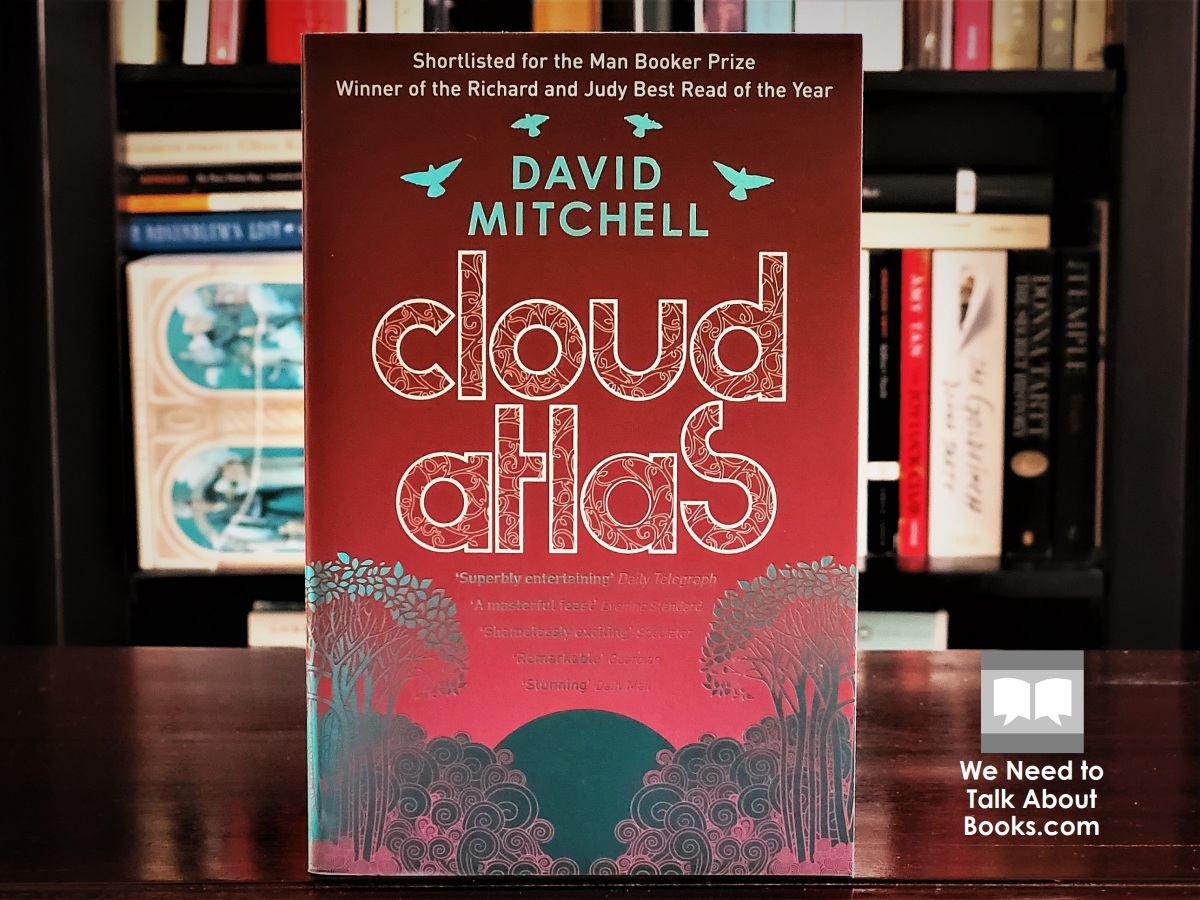Cloud Atlas by David Mitchell is a profound tapestry of interconnected narratives that traverse time and space, beckoning readers to embark on an extraordinary journey through the human experience. This novel is not merely a book but rather an elaborate kaleidoscope of stories that intertwine, echoing the complexities and interrelations of existence itself. It invites readers to engage in a meticulous dance of empathy and reflection, promising a transformative shift in perspective and a piquing of curiosity that lingers well after the final page is turned.
The book comprises six distinct yet interconnected narratives, set in various times and places, ranging from the 19th century to a dystopian future. At first glance, these stories may appear disparate, but as the narrative unfolds, a profound realization emerges: they are all threads in a larger tapestry that reveals the fundamental interconnectedness of humanity. This complex but meticulous structure serves as a reflection of how our actions resonate through time, impacting lives in ways both overt and subtle.
The opening story, “The Pacific Journal of Adam Ewing,” sets the stage with the tale of a 19th-century notary public traveling through the South Pacific. Ewing’s journal entries reveal his encounters with indigenous peoples, the moral dilemmas he faces concerning slavery, and an increasing awareness of societal injustice. This narrative introduces readers to the theme of ethical awakening, compelling them to confront their own moral compass.
Transitioning seamlessly, the narrative shifts to “Letters from Zedelghem,” featuring a young composer, Robert Frobisher, in 1930s Belgium. Frobisher’s tumultuous life, fraught with ambition and desperation, further emphasizes the idea of striving for greatness amid dire circumstances. As he becomes entangled in the world of the ailing composer Vyvyan Ayrs, themes of legacy and artistic aspiration unfold, resonating with those who seek to leave an indelible mark on the world.
The third narrative, “Half-Lives: The First Luisa Rey Mystery,” transports the reader to a 1970s California, where journalist Luisa Rey uncovers a conspiracy involving a nuclear power plant. This segment epitomizes the intersection of personal ambition and societal responsibility, underscoring the vital importance of journalistic integrity and the pursuit of truth. Rey’s tenacity in the face of systemic corruption invites us to reflect on our own roles as stewards of justice and the ethical obligations we hold toward one another.
As the stories continue to unfold, the fourth narrative, “The Ghastly Ordeal of Timothy Cavendish,” introduces a contemporary twist. Cavendish, a publisher who finds himself in a comedic yet harrowing situation, navigates the trials of aging and societal neglect. This portion provides a satirical lens through which readers can examine issues related to mortality and the treatment of the elderly, cleverly interweaving humor with poignant observations that invite introspection.
The fifth narrative delves into the future with “An Orison of Sonmi~451.” Set in a dystopian society, it tells the story of Sonmi~451, a genetically engineered fabricant who rises against her oppressive environment. This tale serves as a haunting reflection on consumerism, autonomy, and the ethical implications of technological advancement. It compels readers to grapple with what it means to be human in a world increasingly defined by commodification and surveillance.
Lastly, the narrative culminates in “Sloosha’s Crossin’ an’ Ev’rythin’ After,” which transports us to a post-apocalyptic Hawaii. Here, the interconnectedness established throughout the previous tales comes to fruition, illustrating the cyclical nature of history. The characters in this segment, navigating a world stripped of civilization’s trappings, underline the essence of survival, community, and the intrinsic need for connection that persists through epochs.
Throughout Cloud Atlas, Mitchell employs a vast array of literary techniques that invigorate the reading experience. His prose is rich and evocative, oscillating between lyrical beauty and stark realism. The varying styles—ranging from letters to journal entries to narrative exposition—create a dynamic rhythm that captivates the reader. Each narrative arc resonates with profound themes—love, betrayal, the pursuit of knowledge, and the impact of choices—urging readers to ponder their implications in the grand tapestry of human experience.
This novel demands active engagement, as readers must piece together the interrelationships among the characters and their narratives, nurturing a sense of curiosity that propels them through the text. Each story, meticulously crafted, encourages readers to ponder the universality of human experiences across time. The implications are profound; it is not merely about the immediate characters or their quests but a deep exploration of our shared humanity.
Furthermore, the ethereal connections between the stories raise questions about reincarnation and the persistence of souls. Do we live multiple lives? Are our deeds weighed in the balance of destiny? These themes invite speculation, enriching the reading experience with philosophical depth. In this way, Cloud Atlas transcends traditional narrative confines, becoming a meditation on existence itself.
In conclusion, David Mitchell’s Cloud Atlas offers readers a kaleidoscopic view of humanity, woven together through the threads of interconnected stories. The novel challenges readers to view life through a multifaceted lens, urging shifts in perspective while piquing curiosity about the intricate mosaic of our shared experiences. It serves as an extraordinary reminder that our lives, though individualized, are inextricably linked—a glorious tapestry of existence that reverberates throughout eternity.
